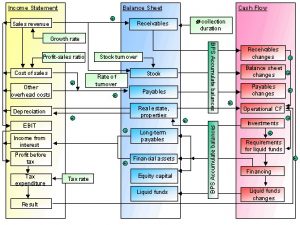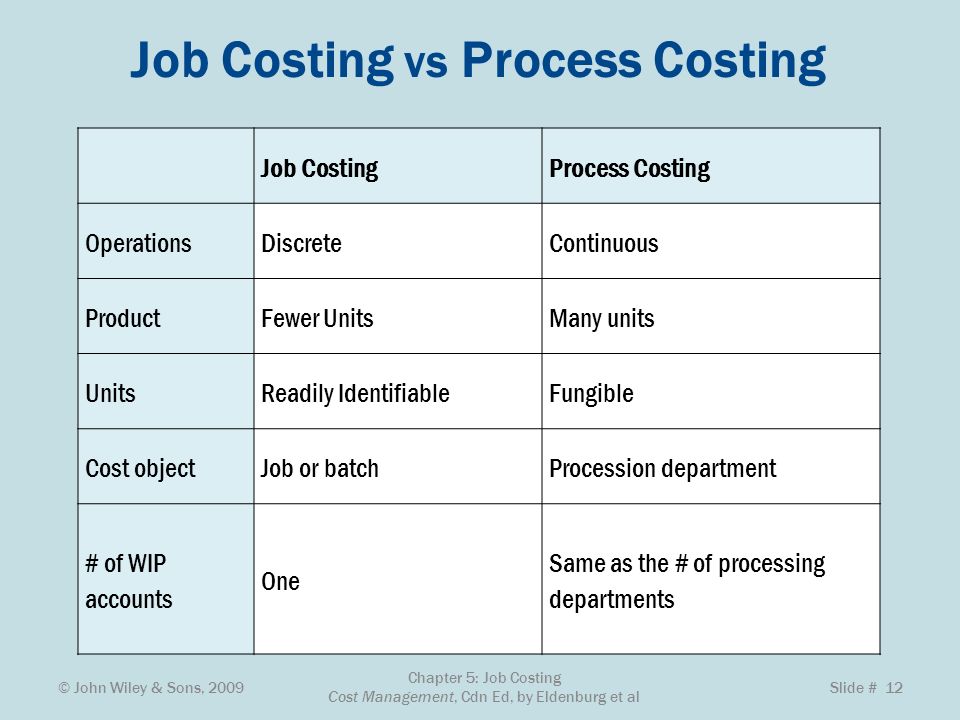
However, employers who have run payroll in the past may need to file Form 941 even if they have no wages paid. Note that no taxes are withheld on compensation paid to property plant and equipment ppande definition independent contractors. Before deleting the payroll scheduled liabilities make sure that you have paid the liabilities.
Steps to Resolve Tax Liability Errors in Scheduled Payroll Liabilities

Expense categorization is critical for aligning costs with the appropriate accounts and tracking spending. QuickBooks Desktop aids in tax compliance by generating detailed reports and ensuring that all necessary tax forms and payments are accurately accounted for and submitted on time. The seamless record-keeping functionality provides a comprehensive history of all payment transactions, simplifying audits and ensuring accurate financial records.
This comprise of the amount of payroll tax that is held back from the employees. The amount which is accounts payable procedures tracked on the paychecks by utilizing the payroll item also added in payroll liabilities. Adhering to these processes is crucial for maintaining compliance with tax regulations, avoiding penalties, and keeping the financial records accurate and up to date.
Step 3: Remit the payroll liabilities for the period
Click “Add,” and repeat to add any additional tags you need (like ER for employer transactions). If the Installments-Payroll account has an amount remaining at year-end, confirm with your tax agency if the remaining amount will be carry-forward to the next year. If the Installments-Payroll account has a balance owing (a negative amount), you may need to remit the balance to the tax agency. In our example above, the positive $150 which consists of two transactions for Vicki King net to $0 when combined with the $150 paid out to the health plan administrator.
- Assume that a restaurant owes workers $3,000 in payroll for the last five days of March and that the next payroll date is April 5.
- There are, however, important related tasks, like learning how to reconcile payroll liabilities in QuickBooks.
- In order to get rid of the paid liabilities, in your QuickBooks software navigate to the pay liabilities tab then choose the transactions from the particular payment history screen.
- Payroll is one of the most time-consuming accounting tasks—and you need the right tools to work efficiently.
- When comparing paying payroll liabilities in QuickBooks Online and QuickBooks Desktop, distinct differences emerge in the user interface, available payment options, and management of tax deadlines.
Here’s How to Delete or Remove a Scheduled Payroll Liability
Establishing payroll items within QuickBooks Desktop encompasses configuring deductions and categorizing expenses, streamlining accounting tasks and enhancing transaction automation. Its payroll service and accounting features are integrated, which helps ensure that your payroll data is accurate in both systems. In addition, you get access to labeling and easy export/print reporting features that help you identify reconciling items much faster, so you can get back to the important things. Furthermore, the payroll liabilities balance report holds the information regarding the payroll items allocated to a liability account, deductions, and many company contributions. If you have already paid your payroll tax liability and it is still showing up in the scheduled payroll liabilities even after marking it as inactive then follow the steps below for a quick resolution. The user interface for managing payroll liabilities differs significantly between QuickBooks Online and QuickBooks Desktop, impacting the accessibility and utilization of various payroll features.
The difference in setup impacts how users interact with payroll features, affecting their ability to streamline payroll processes and stay compliant with tax regulations. QuickBooks Online provides a more streamlined and intuitive user interface, making it easier to navigate through the payroll liabilities process. In contrast, QuickBooks Desktop offers a more traditional interface, which may require additional time to familiarize oneself with. Using a payroll software, like Gusto, to pays your employees and tax agencies will give you a solid source to check your general ledger transactions against. Reports you may need to gather from your payroll software are a payroll register, payroll tax report, payroll deduction report, etc.
Employee adjustments are used to change an employee’s year-to-date information. If the adjustment will impact or change the data on your quarterly return, you might consider doing a quarter-to-date adjustment instead of a year-to-date adjustment. Sign up to receive more well-researched small business articles and topics in your inbox, personalized for you.
Leveraging the software’s features streamlines the payment process and enhances financial reporting capabilities. Configuring payroll liabilities in QuickBooks Desktop involves setting up tax reporting parameters and managing tax payments, ensuring accurate financial records and compliance with tax regulations. Proper management of payroll liabilities streamlines tax reporting and ensures timely payments. Setting up payroll liabilities in QuickBooks Online is a crucial step in ensuring accurate financial records and compliance with tax regulations. Utilizing the software’s features for payroll item setup and liability management streamlines the process and enhances financial reporting capabilities.
The system allows for electronic payment processing, further simplifying the settlement of liabilities. The electronic payment processing feature enables you to conveniently pay employees and taxes online, saving time and reducing manual errors. QuickBooks capital expenditure accruals Online’s tax deduction capabilities automatically calculate and withhold the required taxes, simplifying the complex task of payroll taxation. Accrued payroll liabilities are the amount a business owes for payroll expenses, including wages, payroll taxes, benefits, and other debts.